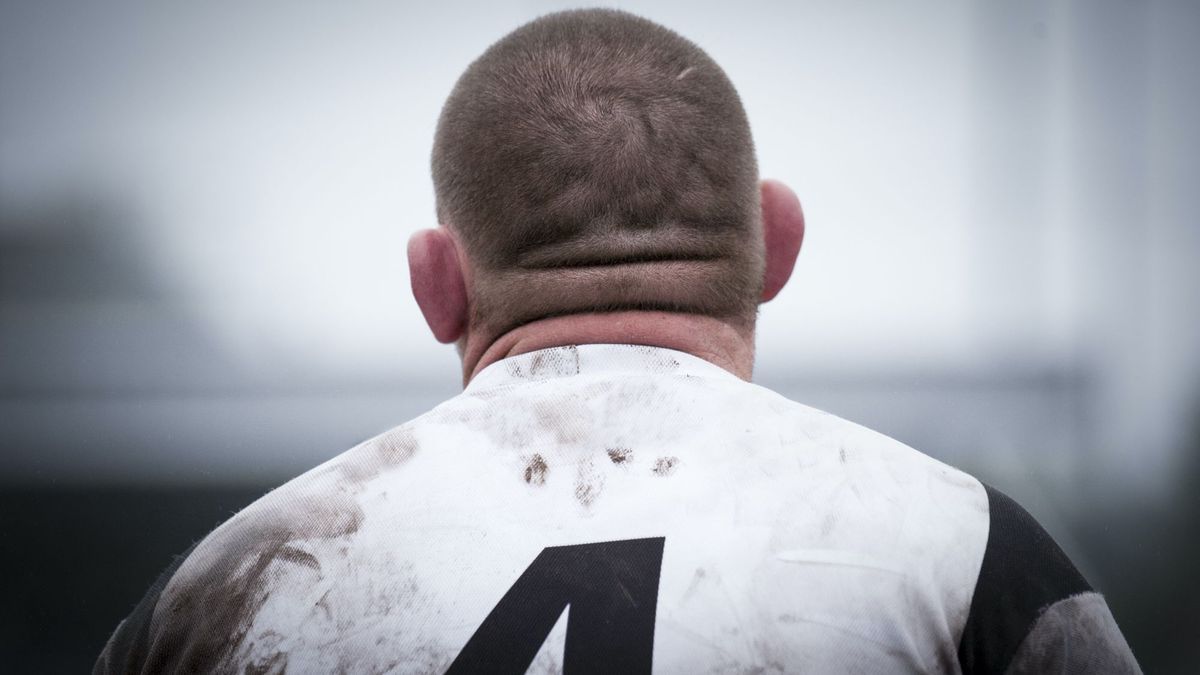
With the Rugby World Cup in full swing, you may have noticed the bulging and deformed ears of some players. But what causes this very particular aspect, linked to their sport? Dr Gérald Kierzek, medical director of TipsForWomens, explains to us.
It may not have escaped your notice that certain rugby players, whether professional or amateur, have a very specific physical characteristic: very damaged, misshapen ears, which are sometimes compared to cauliflowers. A particular sign which more readily affects the “forwards”, these players who find themselves in scrums, head to head.
A deformation linked to friction and blows in the game
Concretely, these “cabbages” are in fact wounds. They appear following a shock, when the ear and its cartilage are mishandled, rubbed, twisted during a match. If no player is safe, damaged ears are especially the prerogative of the forwards because they are the ones who enter head first into the fray. In the event of friction or impact, the ears of these players can bend, and the cartilage, break, under the pressure. “When it’s time to return, it all depends on whether the ears bend well or not. If they don’t bend well, the cartilage breaks and they swell.” explains Ugo Boniface, left pillar of Union Bordeaux-Bègles (Top 14) on BFMTV.
Othematoma, a hematoma in the cartilage
The deformed ear in rugby is therefore a “war injury”, inevitable but logical, as Dr Gérald Kierzek, emergency doctor and medical director of TipsForWomens, explains to us.
“The ear is cartilage. But this cartilage can simply break under shock, with the appearance of a hematoma, called othematoma. But it is also in the repetition of trauma that it becomes impressive. Each time the cartilage is bent or broken, it heals, giving new deformations. A rugby player will therefore have deformed ears, just as a boxer often has a crooked nose. It’s the same mechanism.”
An injury with no impact on health, except in the rare cases where the hematoma is located near the ear canal, “but extremely painful” if we are to believe the rugby players.
An injury… perceived as a source of pride
Trauma after trauma, the ear gradually takes a shape of its own, especially since the weekly matches sometimes do not leave time for healing to take place properly. In case of severe pain, a puncture may possibly relieve the hematoma. But the deformation is irremediable, unless surgery. “The breakage of the cartilage is permanent, but we could reduce the deformation through an intervention” specifies Dr Kierzek who has little faith in it “ but rugby players more often have a certain pride in having these ears.”
An observation that Ugo Boniface does not deny : “If it bothers me from an aesthetic point of view? Not at all, I see it as recognition of the position of pillar. On the field, there aren’t many players with cabbage ears. It’s a little bit of pride!”
A pride and a sort of tradition in rugby. Proof of this: while wearing a helmet, protections or a bandage would help avoid these cauliflower ears, watch the next matches on TV: very few forwards adopt such protections!
